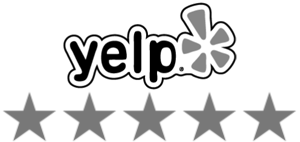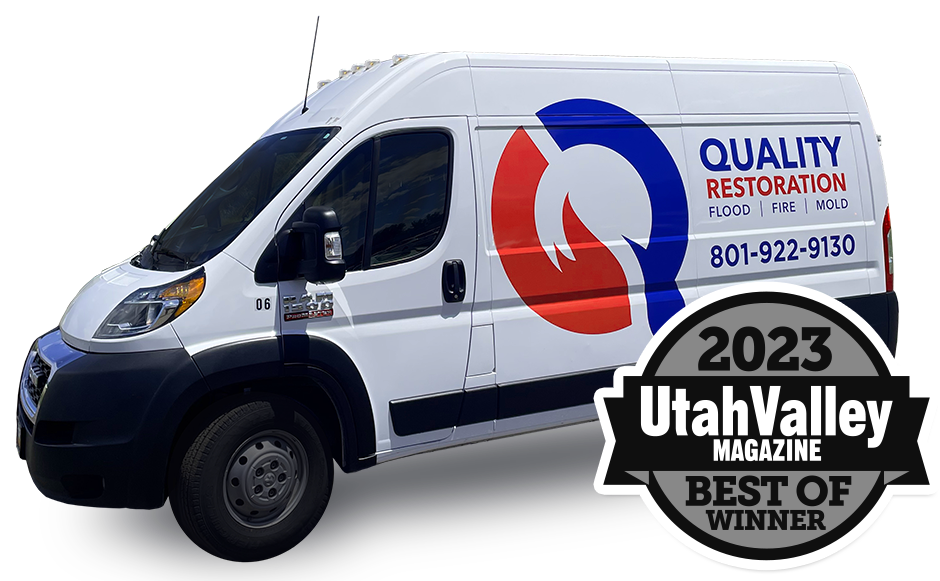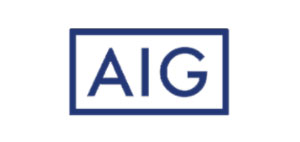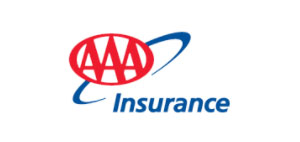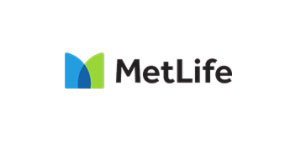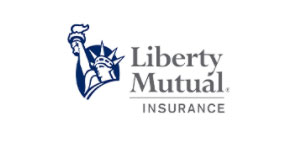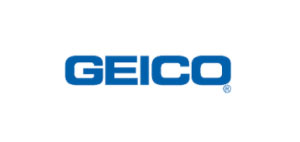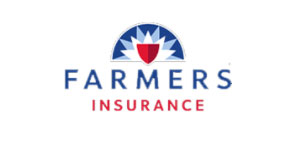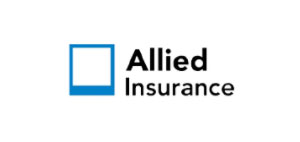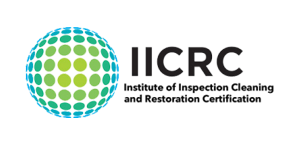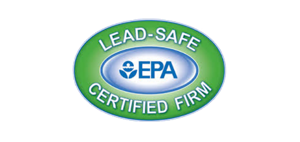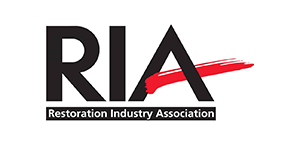When a fire starts, the damage can vary widely in both how severe and complex it is. The real emergency isn’t just putting the fire out; it’s dealing with what’s left behind. Exploring the types of fire damage and how to recover is crucial for both the building and emotional well-being.
Fire and smoke damage are like hidden threats, more complex than just burnt surfaces. Buildings can appear okay but have hidden fire damage. Smoke can also sneak into walls, damaging what seemed safe. For a full recovery, a thorough restoration is essential to remove all harm. This helps renew both the structure and the lives it hosts.
Firefighters bravely protect us, but their efforts can unintentionally cause more damage. Water used to put out fires can mess up what the fire didn’t touch. Here, the restoration journey begins, deciding what can be saved and what can’t. Restoration experts play a vital role at this point. They help create a plan for rebuilding after the fire is over.
Key Takeaways
- Recognizing the impact of different types of fire damage is essential for proper rehabilitation.
- Smoke damage, often underestimated, can be as devastating as structural concerns.
- The use of water in firefighting introduces an additional layer of potential damage to properties.
- A meticulous restoration process is imperative to address both seen and unseen damages thoroughly.
- The expertise of restoration professionals is invaluable in navigating the complexity of fire and smoke damage.
Understanding Fire and Its Destructive Power
The destructive nature of fire brings both instant disaster and long-term dangers to structural integrity. Its intense heat quickly wears down building materials. This creates big worries about the strength of walls, floors, and support beams. This problem shows how important the restoration challenges are after a fire.
- Fires weaken the structural integrity of buildings. This is because they can harm strong materials like steel and concrete. This hurts the whole structure’s safety.
- To fix a building after a fire, special methods are often needed. These make sure damaged parts are safely fixed or changed.
- The destructive nature of fire makes saving culturally important buildings hard. But, with advanced restoration methods like Sponge Media™, it’s possible to do delicate work.
The fire damage impact goes past just what we see burned. It includes water and soot damage too. Firefighters’ water can make things too wet to save. And, soot can get deep into materials, causing bad smells and hard-to-remove damage. This highlights the destructive nature of fire. It shows why full restoration is vital to fix all types of damage.
Common Sources and Consequences of Fire Damage
In businesses, fires can cause a lot of damage. They harm the building and the company’s finances. It’s crucial to know what usually starts fires. This helps prevent them and plan for what to do after.
- Cooking fires: Often a result of equipment malfunction or leaving food unattended on the stove. Such incidents are one of the top reasons for commercial fire damage in restaurants and food service establishments.
- Electrical wiring fires: Triggered by deficient wiring, improper maintenance, or overloading circuits, these fires pose significant risks in older buildings or those where electrical systems have not been updated.
- Heating unit fires: Despite stringent regulations, malfunctioning heating units are a noteworthy fire source during colder months, requiring regular inspection and maintenance to mitigate risks.
- Smoking fires: Less common yet potentially disastrous, smoking-related fires typically occur from carelessly discarded cigarettes, especially in areas with flammable materials.
Understanding these risks lets businesses create better fire safety plans. This means they can focus on areas most at risk. By managing these risks well, they lower the chances of fires like smoking fires. They can better protect against the harm fires cause.
What are the different types of fire damage?
Fire damage comes in many forms, each with its own challenges. It affects structures and personal items. Knowing about these types helps in restoring damaged areas.
Structural fire damage is a big concern. It can be from light surface burns to complete building component destruction. This kind of damage can make a building unsafe for people until it’s fixed.
- Minor damage may include singeing and blistering of paint or superficial char on wooden beams.
- Severe scenarios could result in the collapse of roofing elements or the buckling of support columns.
Contents damage occurs on the things inside. This includes electronics, furniture, and clothes. If they’re close to the fire, they can be severely damaged.
- Electronics may malfunction or sustain irreversible internal damage due to heat.
- Fabric items might absorb smoke, making them difficult to restore without specialized cleaning techniques.
Electrical fire incidents are a big issue. They are often caused by faulty wires or systems. They need quick fixing to avoid more fires and follow safety rules after the repair.
- Inspection of wiring and electrical circuits is essential to identify the origin of the fire and assess further risks.
- Replacement and updating of the compromised electrical infrastructure might be necessary to meet current safety regulations.
Knowing about the fire damage variety is key for a good recovery. It’s important for everyone involved to reduce damages and bring properties back to normal safely and effectively.
From Flames to Fumes: Identifying Smoke Damage
After a fire is put out, the battle with smoke damage starts. Recognizing the kinds of smoke is key. There’s wet, dry, and protein smoke. Each needs a unique plan to fix the smoke damage.
Wet Smoke: It’s from slow, low-heat fires. This smoke is sticky and smells strong. It mainly happens when synthetic things burn. This makes it tough to get rid of.
Dry Smoke: Burned natural materials cause dry smoke. It’s easy to see, like powder. But, it goes deep into things. This might cause more damage.
Protein Smoke: Kitchen fires mostly produce this. You might not see it, but it smells bad. This odor can be hard to remove.
- First, figure out what kind of smoke is there.
- Then, use the right cleaning techniques for each type to remove it well.
It’s crucial to handle each smoke type right for good smoke damage restoration. This includes thorough cleaning, getting rid of the smell, and maybe fixing parts of the building.
Navigating the Restoration Process: Post-Fire Recovery Steps
A fire’s aftermath is both scary and disorderly. Having a careful plan for the fire restoration process is key. This reduces extra harm and boosts the recovery. Here are the main steps to make a place as it was before the fire.
- Start with safety measures. A full site inspection checks the building’s safety and looks for dangers. This keeps both the repair teams and people living there safe.
- Next is water extraction. It’s important because the water from putting out the fire can cause more harm. It can lead to mold or make the building’s structure weak. High-tech tools are used to get rid of this water.
- Then, everything must be dried out and dehumidified. This is crucial to avoid more damage caused by water.
- After that, soot and smoke residue are cleaned up. Special tools and methods are used. They depend on what was burned. They also depend on how hot the fire was.
- Getting rid of smoke smells is next. If not done properly, these odors can stay.
- Then, parts that are too damaged need to be fixed or changed. This includes things like walls, floors, and insulation.
- Finally, there are detailed checks and replacing things like fixtures. This helps bring the property back to normal.
These steps show how thorough the fire restoration process is. It requires careful planning and work to make a place livable again. Meeting strict safety standards and using top-notch tools for water extraction and smoke cleaning are crucial. This is to get the best outcome.
Conclusion
The journey from a fire’s destruction to a complete renovation is deep and wide. With a fire damage, we not only fix the place but also help the people find peace again. Trusted professionals like 1-800 WATER DAMAGE have the skills and tools to do this job right. Their work is key to a successful recovery after a fire.
These experts are crucial for getting things back in order. They start by checking everything, cleaning up, and making sure the place is safe to live in again. Their care and skill bring comfort to those in need, not just fixing the damage but also making sure it won’t happen again.
After a fire, these top-notch professionals are the light in the dark for many. To really help, they use the best tools, knowledge, and care. This teamwork between experts and homeowners makes the future brighter, turning a disaster into a new start.


